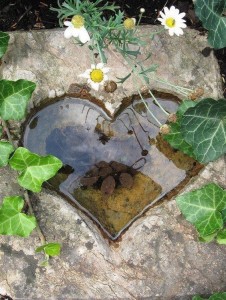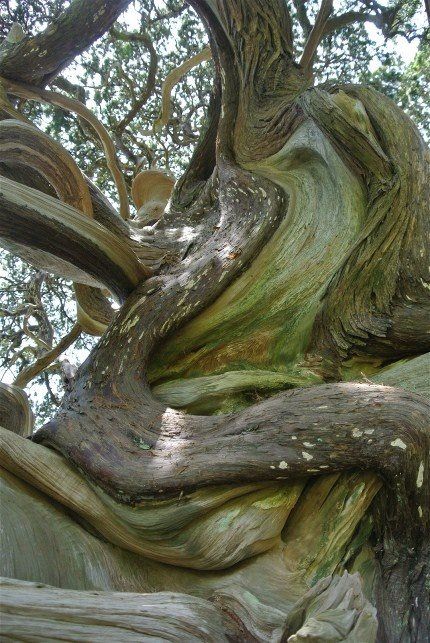Dear Integral Meditators,
I hope you are enjoying the run up toward Christmas! In the article below I share a meditation practice that I use quite a lot at this time of year s a way of aligning myself with the seasonal energies, I hope you enjoy it!
In the spirit of the solstice & the festive season,
Toby
One of the meditations that I use quite a lot over the Winter solstice period is something I call ‘Resting in regenerative darkness’. It’s a very cozy, ergonomic meditation form that also aligns well with the greater darkness of the season. Its use however does not have to be limited to this time of year.
To do this you can either literally place yourself in a dark or dimly lit room, or simply use your imagination. If you wish you can also have an unlit candle in front of you, ready for the second stage of the meditation, although this can be imagined if you don’t have one at hand.
Sitting or lying comfortably, take a few breaths where, as you breathe out you imagine you are moving into a sleepy, restful, dark state. You might feel you are sinking gently into the darkness of night, or the darkness of deep space. You could imagine yourself sinking into the dark soil of a forest, or sitting in cave or cavern beneath the earth. Feel your conscious mind switching almost completely off. Feel your body moving into to a deeply restful, regenerative state, surrounded by darkness. Let your mind become blank, almost like it is in hibernation. Feel like a soul that has died and is waiting quietly to be reborn.
Breathe and relax into the darkness.
The light reborn.
After you have spent a while resting in the darkness, imagine a single light appears, like a single candle flame. If you have an actual candle flame in front of you, you can light it at this stage. Focus on the light. You might see it in the centre of your heart space – a new light re-born from the darkness. This new light is the light of new life within you, the renewal of your spiritual being and creative potential in the world. For now, it is just a single light in the darkness; calm, bright and able to grow gently into its own power. Spend some time breathing as you focus on the light; inhale as you focus upon it, as you exhale relax into it; become the light in the darkness. Let yourself feel like a bright soul that has been re-born anew and playful in the darkness.
Finish when you are ready.
I invite you to enjoy this technique over the festive & new year season, if you want to explore it along with other seasonal meditation themes, do have a look at the winter solstice meditation below!
© Toby Ouvry 2017, you are welcome to use or share this article, but please cite Toby as the source and include reference to his website www.tobyouvry.com
Integral Meditation Asia
Online Courses * 1:1 Coaching * Books * Live Workshops * Corporate Mindfulness Training *Life-Coaching * Meditation Technology


 Is your meditation a type of therapy, an art-form or a spiritual practice?
Is your meditation a type of therapy, an art-form or a spiritual practice?





